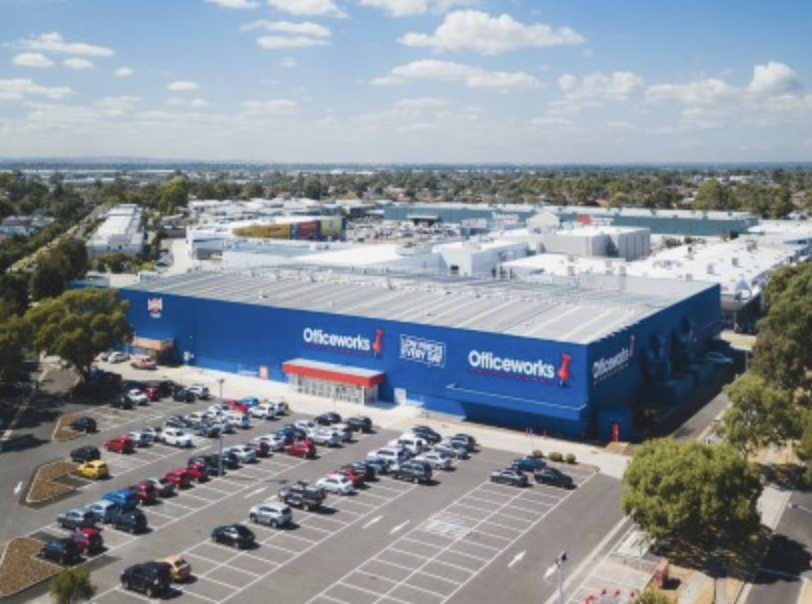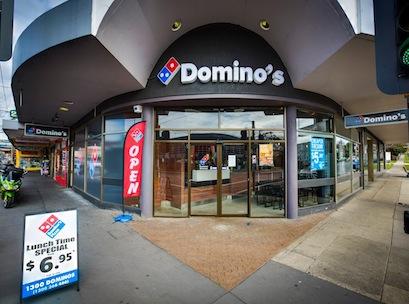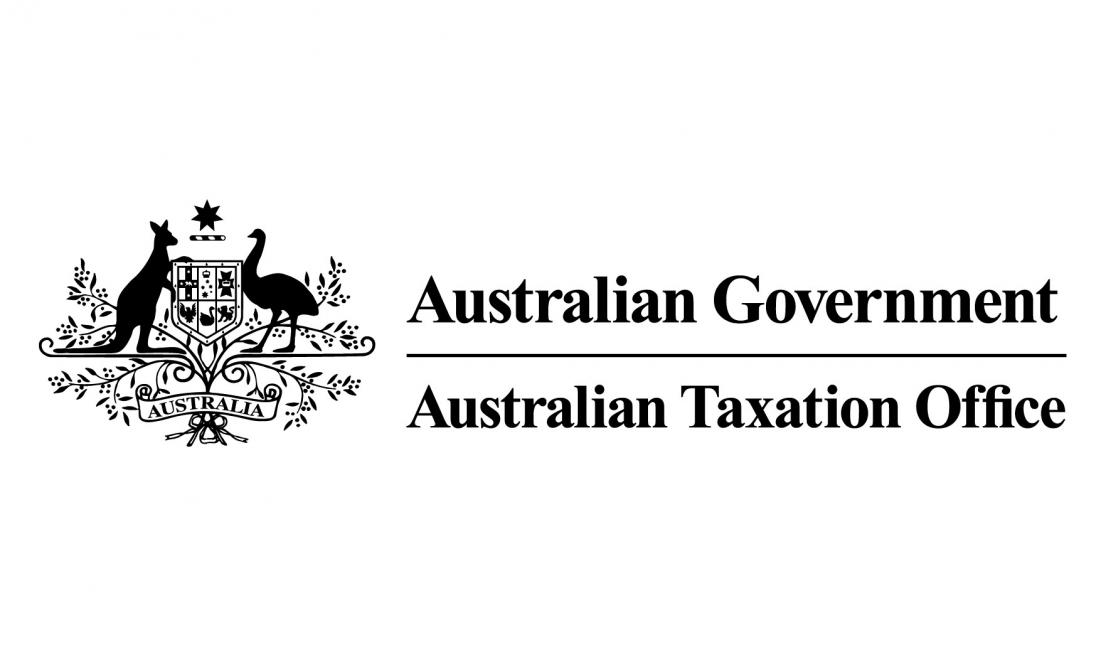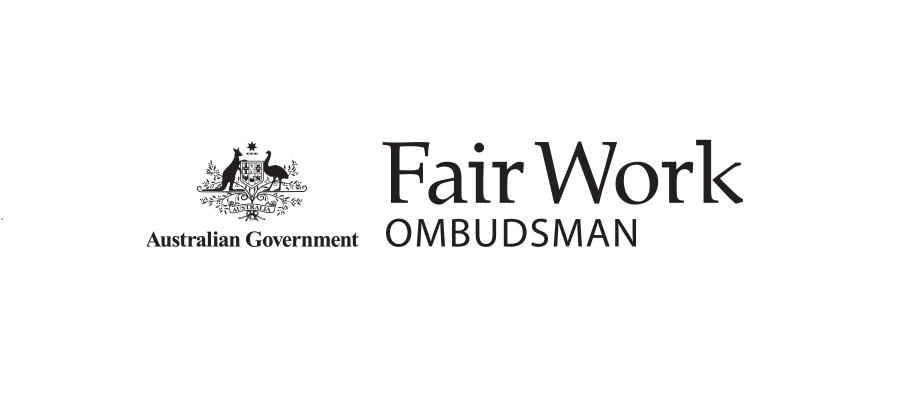
Does your company have a high turnover rate? Employee turnover can be extremely pricey. So how can your company increase its employee retention rate and keep its turnover rate low? What's the best way to create a culture that helps to retain and engage its talent?
A recent series in Authority Magazine profiled nearly one hundred HR directors from successful companies, asking each one to share their three most effective strategies to retain employees. Here are some of the highlights.
These interviews have been edited for length and clarity.
Jo Deal (LogMeIn Chief Human Resources Officer)
My focus tends to be on engaging our employees. If we do that well, then retention should follow, though it is not an easy thing to do. Engagement happens in that sweet spot where an individual’s personal goals, whatever they may be, are being met, and that moment intersects with the company’s goals being achieved. The challenge comes from us all being individuals with very different sets of personal goals. What someone wants from work varies during stages of our careers and personal lives, so it is hard to find the perfect answer for all. However, there are some common themes that help drive engagement for the majority.
- I believe we each want to know what is expected of us at work, to know how that work fits into the overall company goals and strategy and to receive ongoing feedback on how we are doing. It seems relatively simple to say yet it doesn’t always happen. Leaders need to communicate and share direction, managers need to give feedback (which is hard) and employees need to work with their managers to set sensible and realistic goals, hopefully aligning them to the high-level corporate initiatives. Investing in first-line management development and a robust, companywide mechanism for communications are both critical to this effort.
- Perks are great, but they won’t substitute for creating a strong culture with good open communication channels and a focus on a positive environment. There is no right set of values or particular winning culture. Authenticity is what matters. Don’t say you value a certain behavior if the reality doesn’t match. Don’t ask people to behave one way and then recognize a different behavior or ignore a leader’s behavior that contradicts the values. Employees are smart. Most will recognize and accept when your culture is a little aspirational and when there is room for improvement; however, all of them will see right through something that is inauthentic or geared towards, "Do as I say, not as I do.” We spend too much time at work to have to fit in somewhere where our values don’t align or where leaders consider themselves apart from the behaviors that matter. That kind of mismatch is likely to lead to low engagement and retention issues.
- Lastly and most simply, I would suggest actively listening to what your people want. Understand what you are investing time or money in that isn’t working for them, what is missing and what they want more of, whether as an individual or a team. The key, of course, is actively listening, which is another skill many of us have to work on every day. Engagement and retention can be tied back to simple acts if they are meaningful and well-intentioned. With a global workforce representing multiple different demographics, it's hard to keep abreast of what everyone wants, but asking them is a good start. I love the concept of reverse-mentoring, where both parties give and get, and I'm looking to find someone from Gen Z to mentor me so I can be better at social media and understanding a generation that (apparently) would rather have working Wi-Fi than a working bathroom.
Rachel Book (Fidelity Investments Director of Diversity Recruiting Strategies)
A cynic might say, "Throw more money at them.” But that’s rarely the top factor in employee retention metrics. At Fidelity, we’ve found that these three are vitally important factors in employee engagement and satisfaction:
- Be realistic and transparent throughout the recruiting process. Open, honest dialogue will reduce the likelihood of disappointment or surprise when a new employee joins the company.
- Welcome them aboard! A robust and welcoming first day — and entire onboarding experience — will ease the transition for any new employee. Don’t throw them into the pool and hope they figure out your firm’s cultural quirks. Connect them with employee resource groups and encourage them to participate right away.
- Maintain the momentum. Don’t leave the newbie hanging after they show up. Check in often, and ensure they can bring their real self to the office. If they don’t feel comfortable doing so, their stay with you may be short — and you may have larger workplace/culture problems to deal with.
Michelle Murphy (Ingersoll Rand Director of Progressive, Diverse, and Inclusive (PDI) Work Environment)
- One thing I’m proud of is that we live out our values daily. We respect and value the worth of all people, cultures, viewpoints, and backgrounds and leverage our diverse workforce to drive innovative and imaginative solutions. Retention is important because our success directly correlates to the commitment and dedication of our employees around the world. To retain employees, leaders should know the "why" of their employees. What drives them? What matters most personally and professionally? Leaders should know and try to honor that.
- In addition, in this constantly connected universe, work should better fit into overall life. It's important to value and celebrate that your employees live and enjoy full lives.
- Today’s workforce wants to feel valued and invested in. Providing ongoing development and growth opportunities is one way we do that, whether it be formal classroom training, informal peer-to-peer conversation or creating opportunities that bring people together to share, learn and connect. Companies who recognize and act on these things go a lot further in attracting, retaining and cultivating top-tier talent in the long run.
Rose M. Velez-Smith (Pitney Bowes Global Vice President of Human Resources)
I wish it were as simple as just three. Three I have found important are:
- Stretch assignments.
- Great career plans that provide a roadmap on how to help an individual grow.
- Continuous inclusiveness.
These all help keep employees on their toes as well as learning and getting better at what they do. Everyone wants to feel like they are adding value, so including employees in important decisions and initiatives is key. Helping them feel confident in their skills and keeping them current is essential.
Another way to increase the value provided to employees is to provide wellness perks. We have a history of providing and encouraging a healthy work environment and are widely regarded as an innovator in employee health. To help our workforce stay proactive with their health, free programs are available throughout the year focused on preventive care and cancer screenings, nutrition and weight management, fitness, stress management and behavioral health, smoking cessation, back pain prevention and flu vaccinations. Providing a healthy work environment has been central to our culture for nearly 100 years.
Kelly Williams (Blue Cross Blue Shield Association Vice President)
My most effective strategies to retain employees are as follows:
- Inspired leadership. Position your best people managers — those who love to support others in being brilliant, into positions that play on their strengths. There is a lot of research out there that highlights the immense value of hiring/promoting leaders who amplify others. From a personal standpoint, it has always been more important to me who I work with than what I work on.
- Context and connection. In my experience, most of us thrive when we have context and can see/feel/understand a connection or possibility. Engagement comes from within and is tethered to connectivity. Every day we are working to connect dots and model what’s possible — one conversation at a time.
- Human-centric design. We are focusing on human centric design, and while we are in the early stages of the conversations, I love that we are focusing together on what truly matters — from the employee lens — the human in human resources.
Faye Tylee (Avaya Global Head of Human Resources)
There is a lot of noise and competition out there to attract, hire and engage the best talent across all industries. I believe the best ways to accomplish this goal are to:
- Understand from a qualitative and quantitative standpoint what fundamentally drives, motivates, inspires and engages your employees. You have to truly know what makes your workplace work well and make the right investments to find this information out.
- Put employees first — even before customers. That feels like a bold statement to many at first glance but the reality is that when you put your employees first, you are essentially putting the customer first in the long run. Employees are the face to your customers. They’re your brand. Treat them poorly and they, in turn, will treat your customers poorly but treat them well and they become the biggest asset to your business.
- I think about successful employee engagement as having five core pillars that work in unison. If you’re not addressing the whole, you will not solve your engagement problem. Leaders from the top down must commit to making each pillar part of the employee experience, and that commitment must be evident in every action, interaction, transaction and reaction across the organization.
In a people-first company, employees experience the following:
- Purpose: "My company and the work I do have meaning and impact."
- Connection: "My leaders listen, understand, and care about my needs and challenges."
- Trust: "I feel trusted, empowered and supported to make the right decisions."
- Learning: "My company is invested in my personal and professional development."
- Gratitude: "I feel recognized and appreciated for my contributions."
By evolving to this people-first model, leaders will create a culture that combines customer experience and employee engagement in a way that helps strengthen the brand, attract top talent and inspire innovation, continuous learning, collaboration, creativity and inclusion across the company.
Jen Warne (Lincoln Financial Group SVP and Chief Talent Officer)
The most effective way to retain talent is to really listen to your employees and target what they want from the workplace. No, I don’t necessarily mean free sushi or bean bag chairs (although those can be fun and exciting). I mean what employees truly value: career, community and cause. There is an excellent Harvard Business Reviewarticle that explores this concept.
Our people are our most valuable asset, so we target these three values and continuously listen to our people to make sure we are hitting the mark.
- Career. We offer resources to help our people discover, assess, plan and invest in their careers. Whether it’s formal training programs, on-the-job learning, mentoring, continued education benefits, a job transfer, a stretch assignment or simply building a professional network, Lincoln invests in the success of our employees.
- Community. This is about feeling connected to the people and culture of an organization. We believe diversity of thought, background, experience and people drive innovation. An inclusive culture helps attract the best employees, empower cutomers and allow communities to achieve great things. We aim to offer our employees opportunities to connect and collaborate through business working groups, employee action committees and more.
- Cause. Purpose is the motivation that drives your employees toward a satisfying future. It is important to help your employees understand and connect what they do every day to a driving force for good. For example, at Lincoln, we empower Americans to take charge of their financial futures and our employees can see how their work helps the lives of so many Americans. We also encourage connectedness within your community through the Lincoln Financial Foundation and other volunteerism opportunities.
Lastly, but most importantly, if you want to retain your employees you have to ensure you have the best managers. Managers have a day-to-day impact on employees and their environment. For example, the Society for Human Resource Management (SHRM) found 58 percent of employees say that their relationship with their manager is very important.
Amelia Ransom (Avalara Senior Director of Engagement and Diversity)
I think we underestimate our employees when we think all of their needs and expectations cost millions of dollars. You know what employees want more than ping pong tables and fully catered meals? Leadership transparency and to know that they have the ability to do their best work for an ethical company that knows they matter. Those things don’t cost a dime.
My three employees retention strategies are to:
- Solicit and encourage honest feedback.
- Don’t shoot the messenger when you receive the feedback.
- Determine whether or not you’re going to change, communicate that decision and do the work.
Marcy Hamrick (Publix Talent Acquisition Manager)
Our founder, George W. Jenkins, encouraged a spirit of openness, dignity, and respect across all of our associates — regardless of job class — and that philosophy stays firmly intact today. It is a large part of what continues to make Publix a great place to work. Organizations can put this in play by striving to:
- Define clear career paths at all job levels. Mr. George sought to create a place where anyone could be successful and build a long-term career for themselves. He showed his associates the opportunities they had for a future at the company and rewarded the talent that instilled his cultural values. Today, approximately more than 12,000 of our associates have been with the company for more than 20 years. Our very own CEO at Publix, Todd Jones, started his career with the company in the 1980s as a front service clerk.
- Create a culture of service. Employees crave an employer that builds connection between people and communities. When teams are able to engage in activities that do good for a greater cause they feel a sense of purpose and belonging. Publix hosts an annual Publix Serves Day where associates across our company, all on the same day, take time from their day to serve their communities.
- Constantly show the employee their impact. We aim to make sure that every Publix associate clearly understands our culture and knows the role they play in delivering it to our customers. We have a recognition program called My Publix, My Part where managers award an associate they observe reinforcing one of our core values with a card. The card describes the action observed and the outcome achieved, and it entitles the associate to a free Publix product.
Kelli Dragovich (Looker Chief People Officer)
We need to change our mindset on “retention.” It’s changing as fast as the high-tech industry. Here are the three strategies I’ll share:
- Create a culture of transparency — it’s the new retention tool.
- Develop a mission-oriented company that is dedicated to doing meaningful things, and makes decisions based on when the rubber hits the road.
- Help your talent evolve. It’s hard, but as much as a company can hire talent for a journey versus a job, the longer they will stay with you.
Regarding increasing the value you add to your employees, it's simple — be real and connect with everyone. At the end of the day, we as people want to feel valued, connected and included in any community we're part of. To truly connect with talent and make their career, experience or even their day better, as well as to help them succeed (whatever that means in their minds), adds a ton of value. I’ve seen more value added in an intimate roundtable where a leader unpacks their career, failures and fears than at a $200,000 event.










